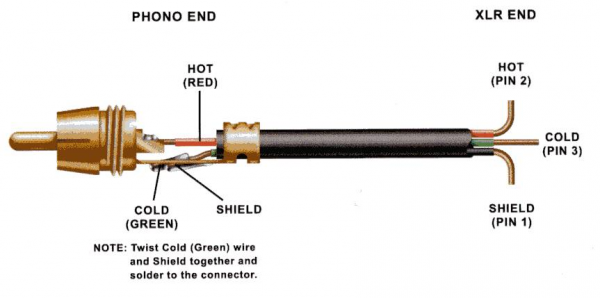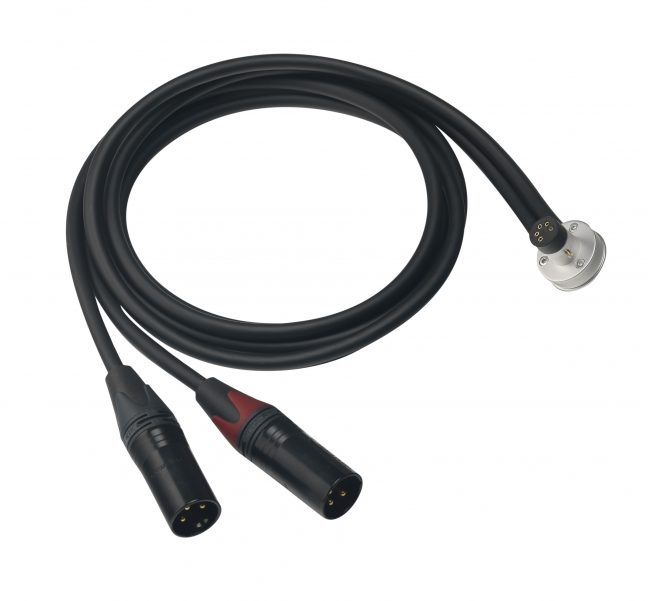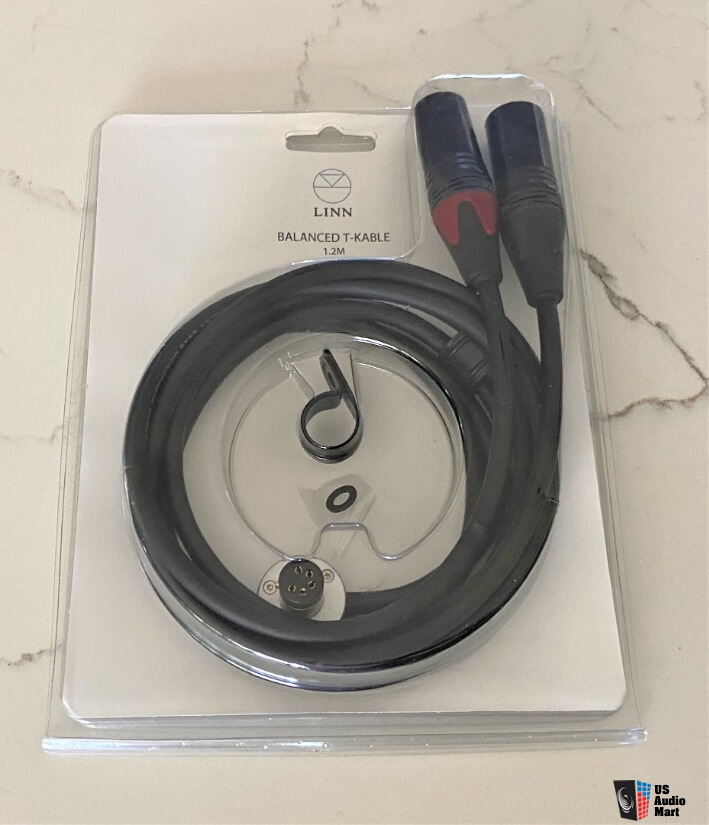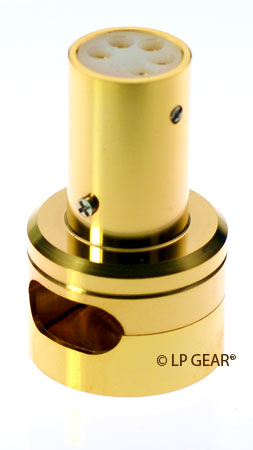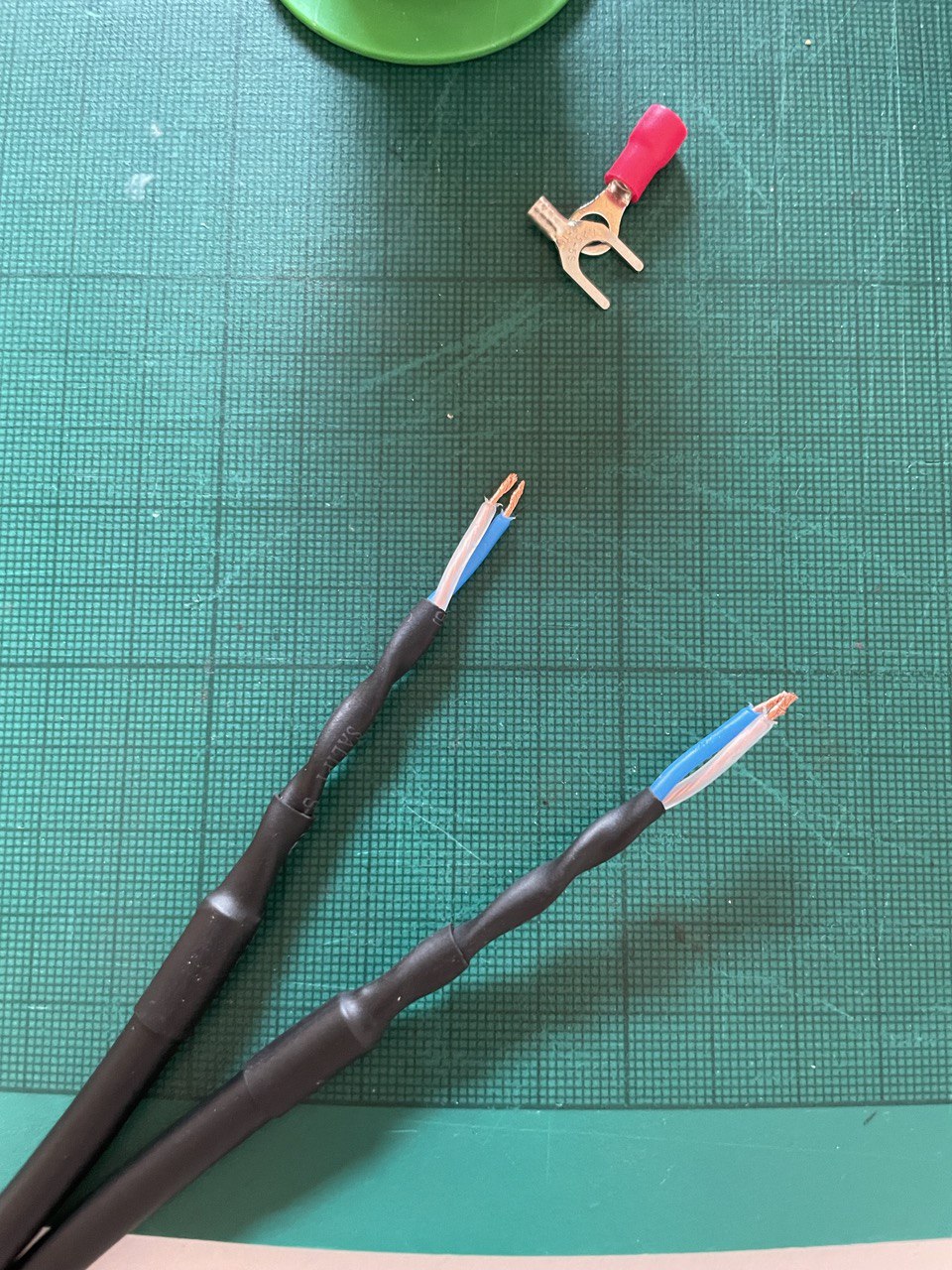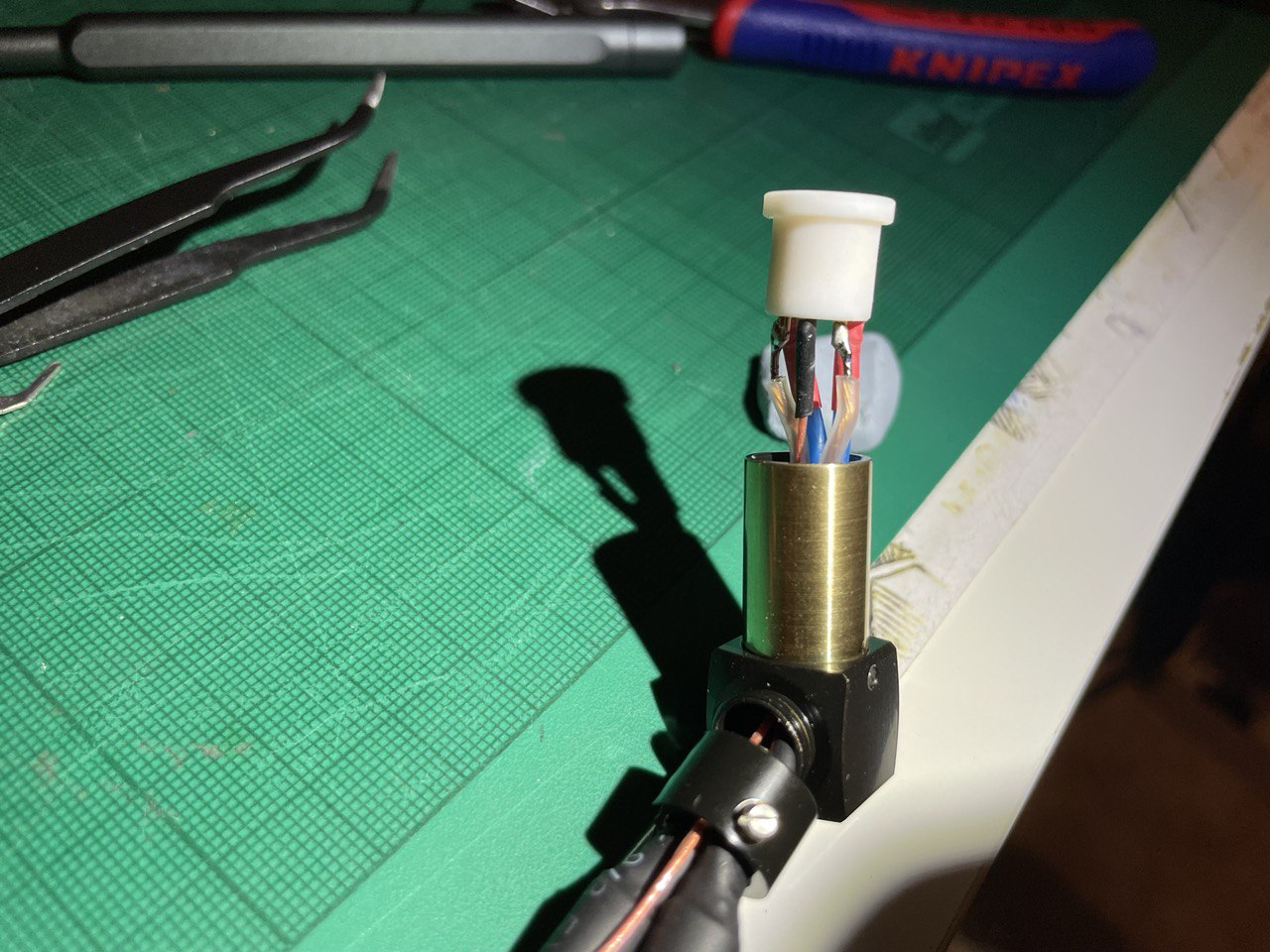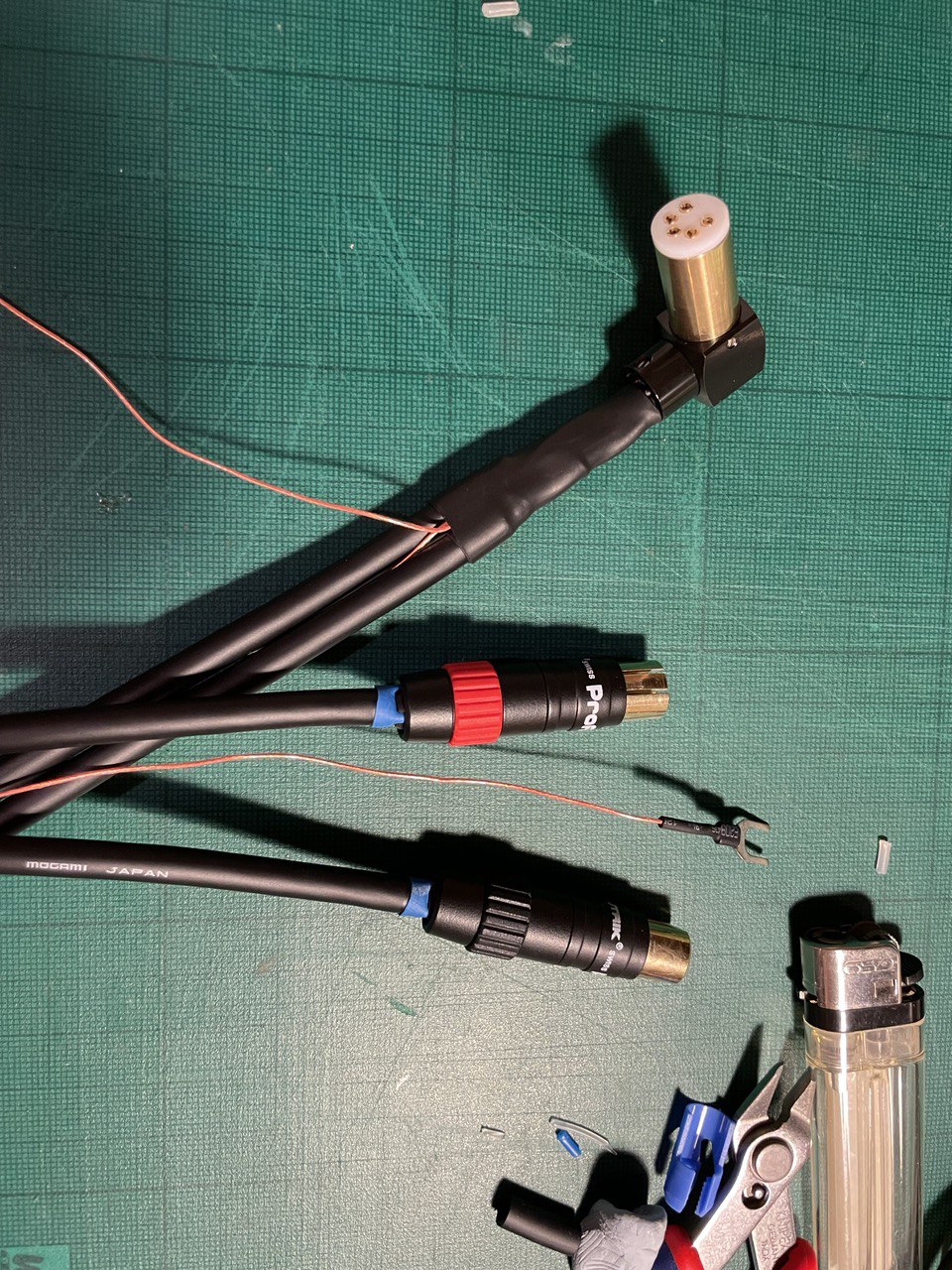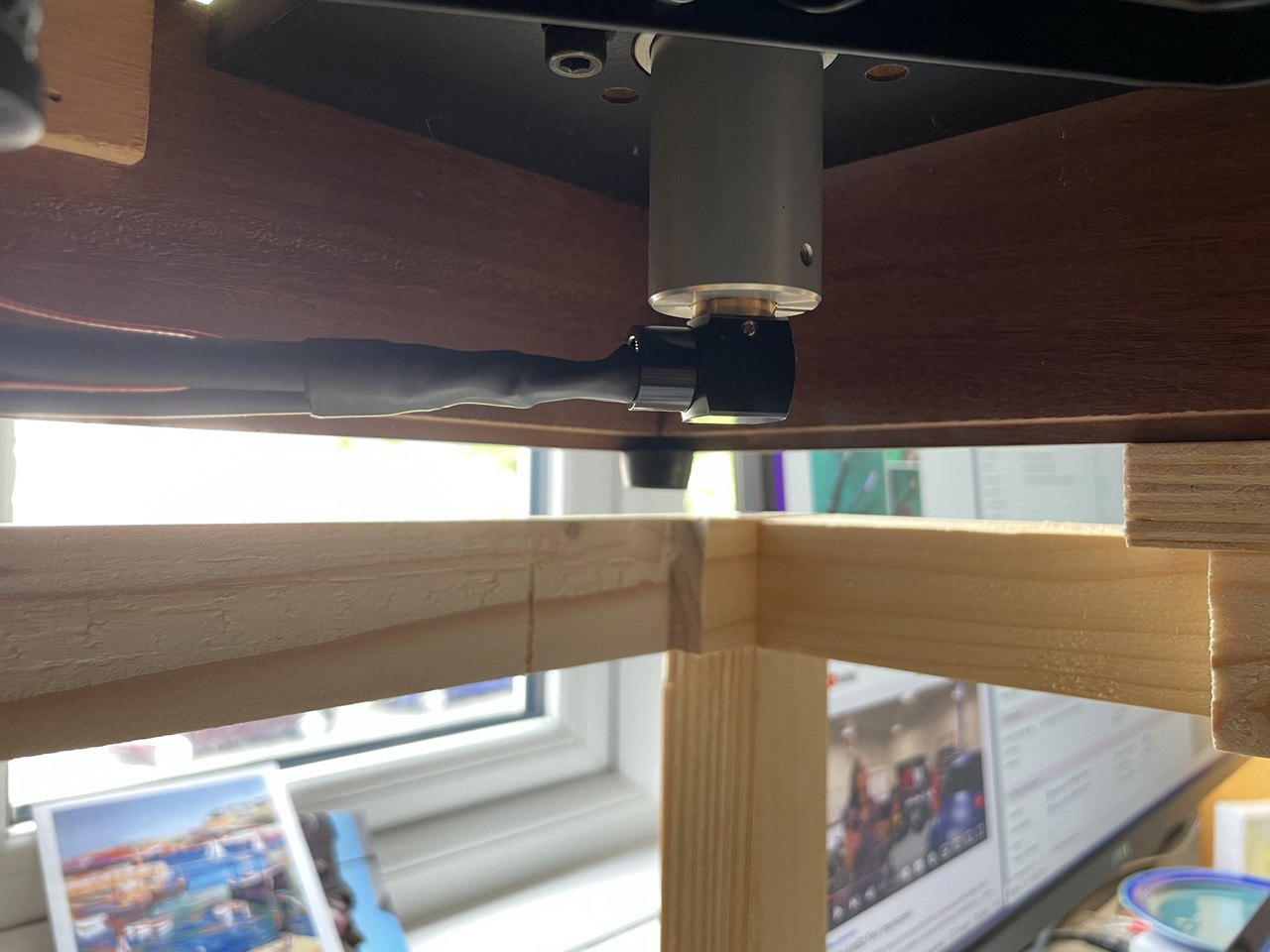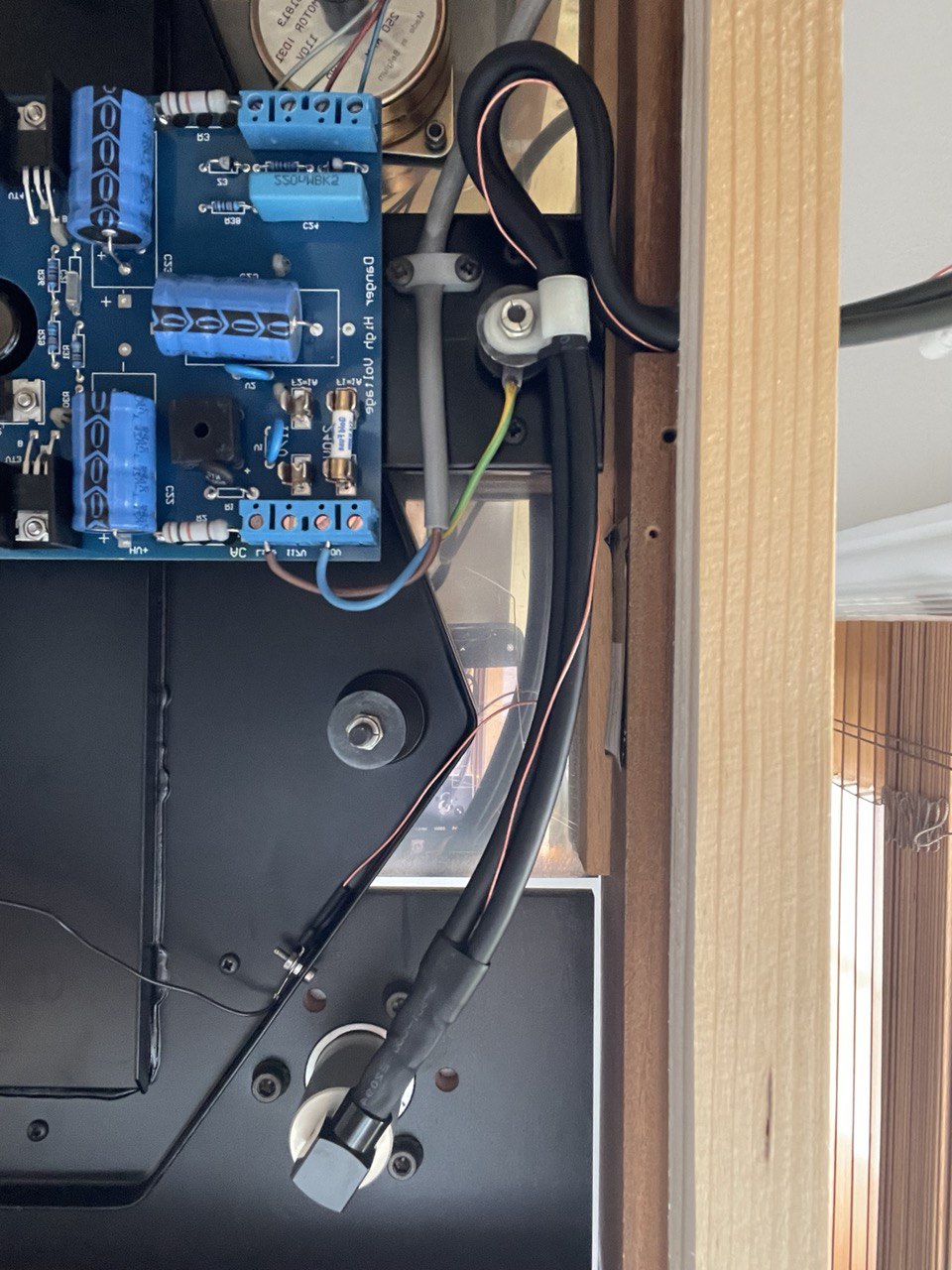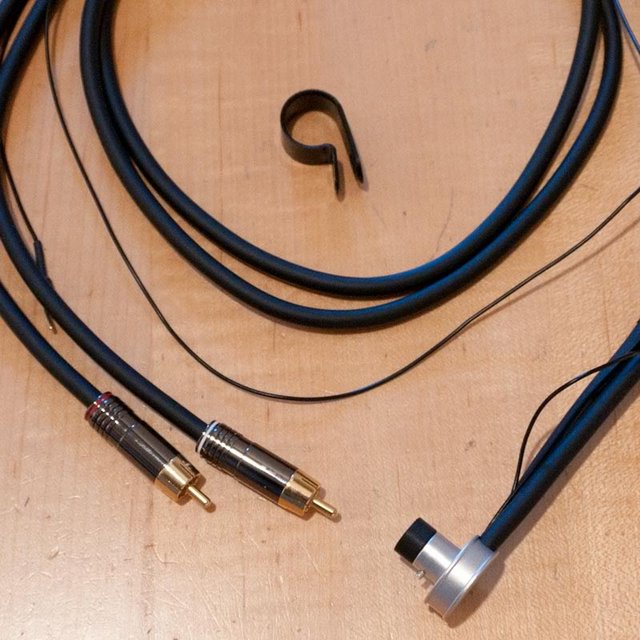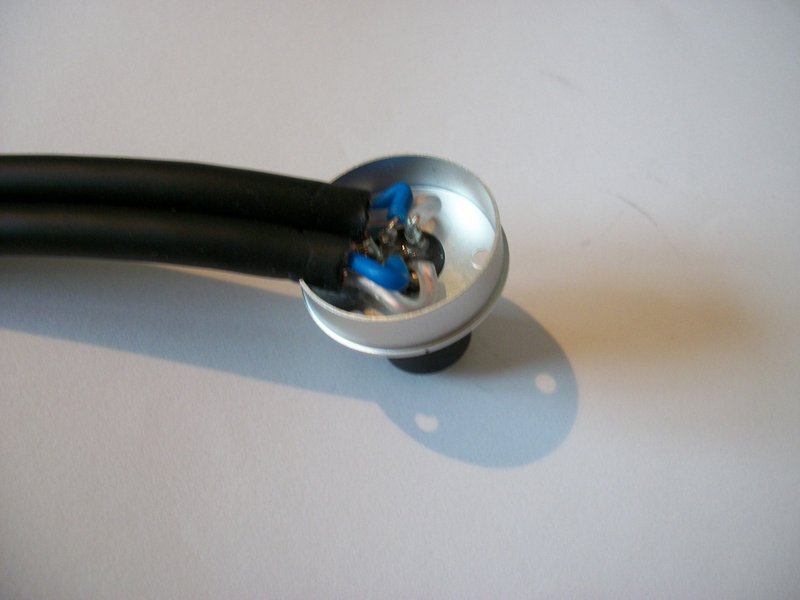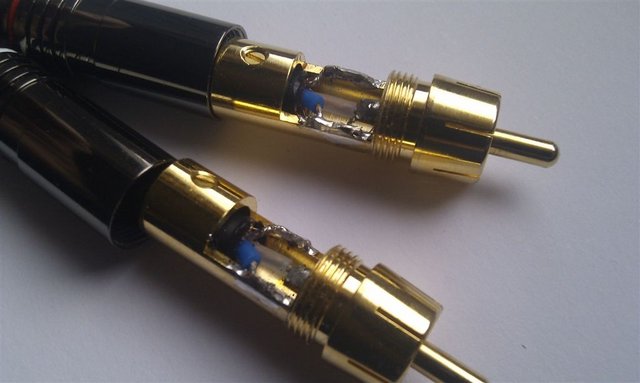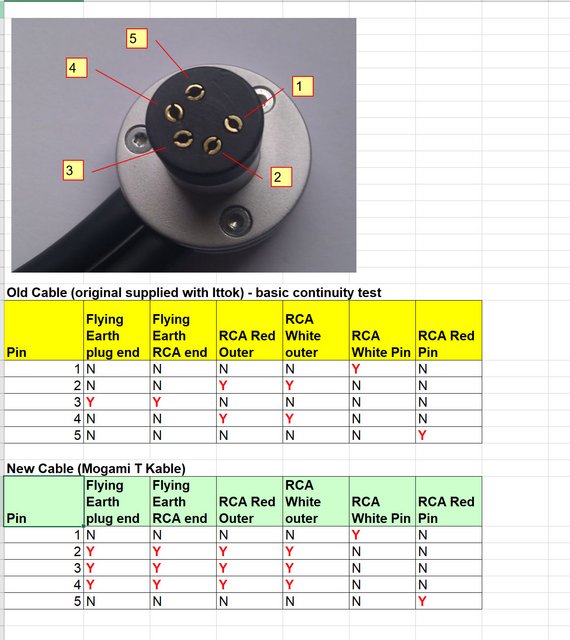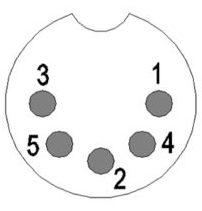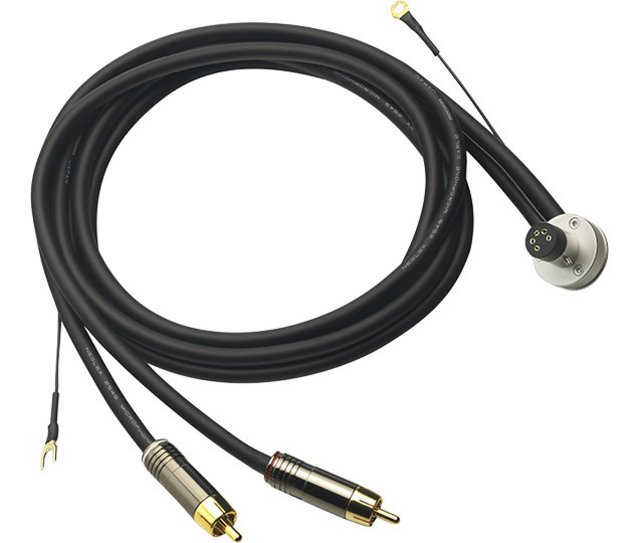I'm making a new cable for my Ittok, using Mogami 2549, which I understand is what Linn use on the T-Kable.
I just want to confirm the ground/shield arrangement. At the moment I'm thinking the centre pin of the DIN plug connects to a separate ground wire, which splits to allow a connection to the sub-chassis, and to my phono stage ground post.
So my question is what to do (if anything) with the Mogami shield on each L and R cable? Leave it floating or connect to the signal return at one end on each RCA plug?
Would like to follow the T-Kable construction where possible. Ta
I just want to confirm the ground/shield arrangement. At the moment I'm thinking the centre pin of the DIN plug connects to a separate ground wire, which splits to allow a connection to the sub-chassis, and to my phono stage ground post.
So my question is what to do (if anything) with the Mogami shield on each L and R cable? Leave it floating or connect to the signal return at one end on each RCA plug?
Would like to follow the T-Kable construction where possible. Ta


